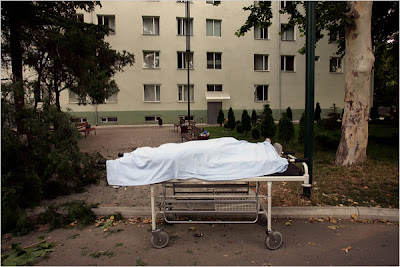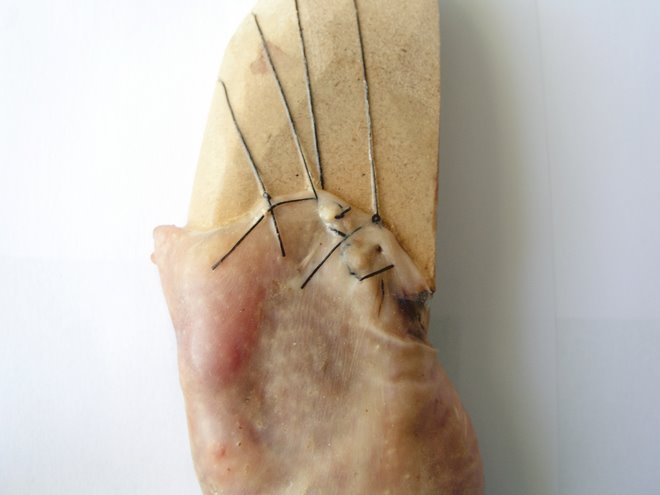
M FUKSAS D
As I'll be going to the Architectural Biennale in Venice in a few weeks
I was checking up on this years theme... and... I was very happily surprised:
Out There: Architecture Beyond Building, points out what should be an obvious fact: architecture is not building. Buildings are objects and the act of building leads to such objects, but architecture is something else. It is the way we think and talk about buildings, how we represent them, how we build them. This is architecture. More generally, architecture is a way of representing, shaping and perhaps even offering critical alternatives to the human-made environment.
Reading this brought me back to my first day at The Royal Danish Academy of Fine Art's School of Architecture. Specifically it brought me back to the very moment the introductory lecture peaked. Thit happened when the lecturer came to the rhetorical question "what is architecture?". Insterestingly it turns out that architecture is defined by just three, very precise, parameters:
1 ARCHITECTURE IS TIED TO A PLACE
2 ARCHITECTURE IS LIMITED BY IT'S OWN MATERIALITY
3 ARCHITECTURE IS ... SOMETHING ... SOMETHING ... WHITE CARDBOARD
... unfortunately I have long forgotten that third parameter, but I feel I'm not that far off with white cardboard. What I find striking about this definition - and so overwhelmingly opposed by the theme of the Biennale - is how static it is. "Tied" and "limited". Reducing the role of architecture to a physical object. Excluding anything mobile or anything virtual. Denying the existence of time.

Erik Adigard / M-A-D & Chris Salter - Chronopolis
This is the prevalent take on architecture amongst the big fat guys at the Royal Academy in Copenhagen. It could be their own problem, but depressingly they are persuing this idea, by actively worsening conditions for different takes on the subject of architecture.
I suppose a typical behaviour from men who reach a certain age having shown less talent at producing something just vaguely fitting their own definitions, than the talent of acquiring an academic chair.
At the same time, fabulous spaces are possible. We can see them in film and in art, where visions of other places unfold in front of our eyes. ... We can watch them grow around us in the carefully planned landscapes that have become our last true public spaces.
These images and spaces are worth looking at not just because they are beautiful, but because we are confronting design challenges for which buildings are not enough.
Read on
 Kowloon Walled City
Kowloon Walled City
My new hero Aaron Betsky is curating this years Biennale. I am slowly changing my plan of spending all the time there eating and strolling.
















